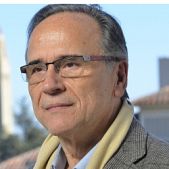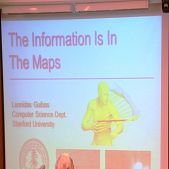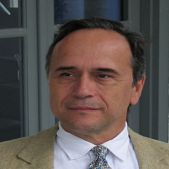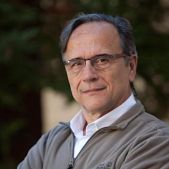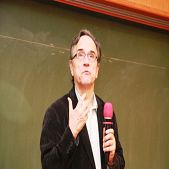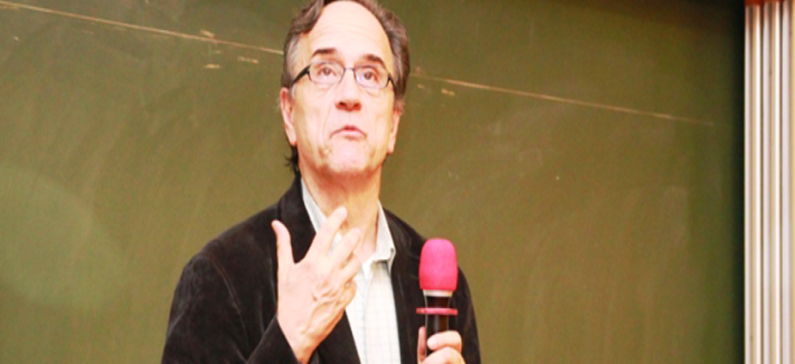
Applying algorithms to a wide range of computer science
Leonidas John Guibas is a professor of computer science at Stanford University, where he heads the geometric computation group and is a member of the computer graphics and artificial intelligence laboratories.
In 2017, he was elected as a new member of the National Academy of Engineering – which has elected 84 new members and 22 foreign members, among them 6 Greek researchers – for contributions to data structures, algorithm analysis, and computational geometry. Election to the National Academy of Engineering is among the highest professional distinctions accorded to an engineer. The official reception of the new members will be held in Washington on October 8, 2017.
Guibas was a student of Donald Knuth at Stanford, where he received his Ph.D. in 1976. He has worked for several industrial research laboratories, and joined the Stanford faculty in 1984. He was program chair for the ACM Symposium on Computational Geometry in 1996, is a Fellow of the ACM and the IEEE, and was awarded the ACM – AAAI Allen Newell Award for 2007 “for his pioneering contributions in applying algorithms to a wide range of computer science disciplines”.
He has Erdős number 2 due to his collaborations with Boris Aronov, Andrew Odlyzko, János Pach, Richard M. Pollack, Endre Szemerédi, and Frances Yao. The Erdős number describes the “collaborative distance” between mathematician Paul Erdős and another person, as measured by authorship of mathematical papers.
The research contributions he is known for include finger trees, red-black trees, fractional cascading, the Guibas–Stolfi algorithm for Delaunay triangulation, an optimal data structure for point location, the quad-edge data structure for representing planar subdivisions, Metropolis light transport, and kinetic data structures for keeping track of objects in motion.
Read more:




